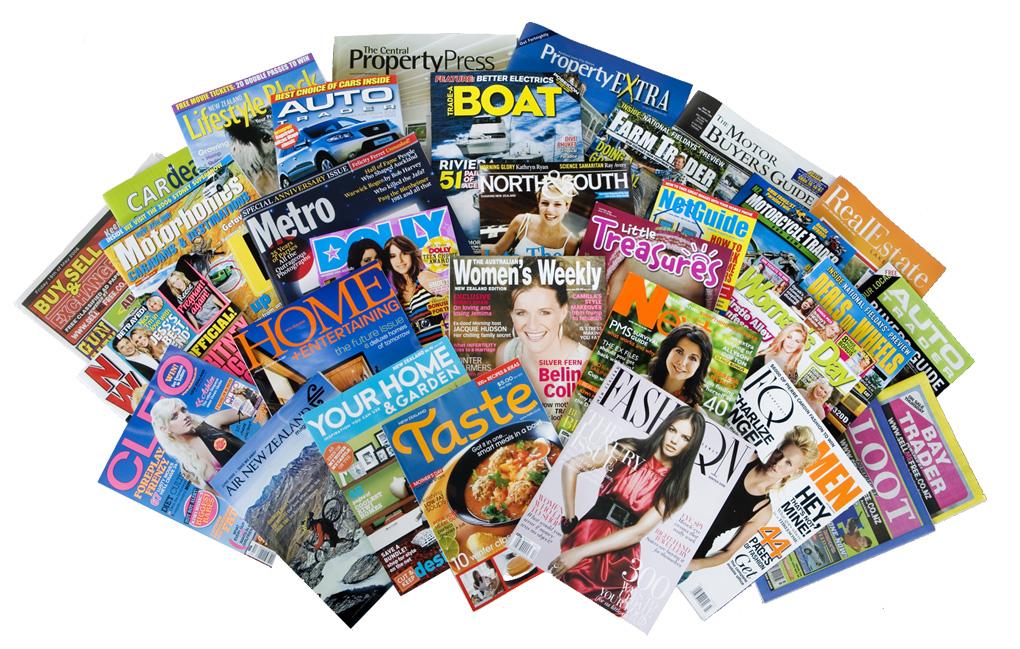| Advertisements |
Popular culture is a powerful way for individuals to learn about other cultures without personally experiencing cultures. Martin and Nakayama (2012) define popular culture as "cultural products most people share and know about" (p. 361). Examples include:
 |
| Television shows |
| Music Videos |
 |
| Popular Magazines |
| Viral Videos |
It is important that we think about how cultural groups are portrayed through these systems of communication that are consumed and resisted. Specifically, pop culture assists in the creation and reinforcement of stereotypes (Martin & Nakayama, 2012).
For this blog post, I would like you to select a popular culture text that you regularly consume and conduct an analysis this cultural text. For instance, watch a few episodes of your favorite tv show, watch your favorite film, read a few issues of a magazine you subscribe to, watch your favorite YouTube videos, advertisements, or if you are up @ 7am you can see music videos on MTV. Shocking I know!
You will then perform a thematic analysis of this text. You will consume these texts and take notes on what you find intriguing. You will make notes based on repetition, recurrence and forcefulness of certain words, phrases, and images. You will use these notes to organize this data around three key themes. Continue to read and reread the text until you can begin to group like minded things together and create labels/larger categories to explain this theme. Your goal is to describe three cultural group stereotypes than consistently appear in your cultural text of choice.
So for your next blog, consume these texts and discuss the three cultural stereotypes that you identify through your thematic analysis. See pages 371-376 for themes found in previous research. Identify these stereotypes in your blog post and describe how they create stereotypical representations of cultural groups. Then discuss how these cultural texts and stereotypical messages might be resisted.
No comments:
Post a Comment